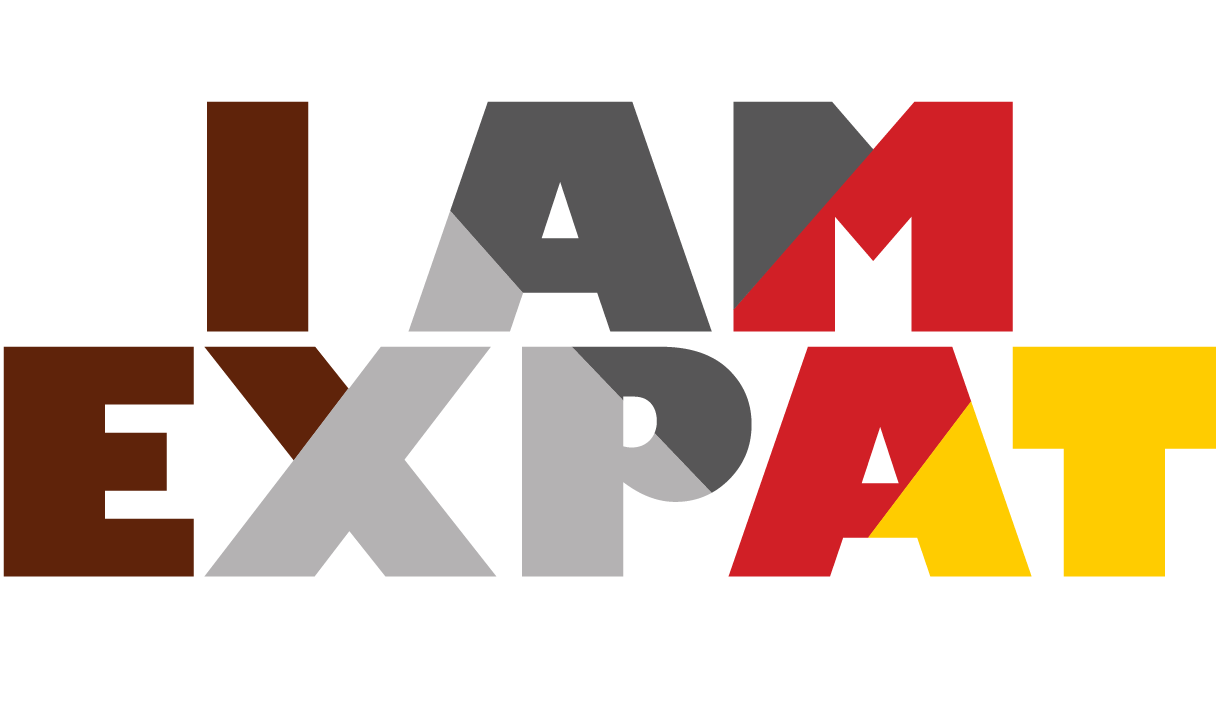Expat Service helps expats with an online tax filing service for their income tax return. Efficient, simple and affordable tax filing whenever and wherever you are in the world. That’s why Expat Service is the intelligent choice for every expat.

In Box 1, income from work and home are taxed. It’s about income from work and your main residence (owned by yourself and/or partner). The taxable income is calculated by adding up all sources of income and deducting all deductions. The taxable income from work and home is a total amount of the following:
The current income tax rates for box 1 for the year 2023 are shown below. The final taxable amount from work and residence is passed through the discs of Box 1. It is through these brackets that taxes and social security premiums are calculated. As you can see, a progressive system applies. In other words: the tax rates increase as the income rises.
Income in box 1 – up to state pension age
Bracket 1: up to € 75.518 36,97%.
Bracket 2: from € 75.518 49,50%.
Income in box 1 – up to AOW pension age and born after January 1, 1946
Bracket 1: up to € 40.021 19,07%
Bracket 2: from € 40.021 up to € 75.518 36,97%
Bracket 3 from € 75.518 49,50%
Income in box 1 – AOW pension age and born before January 1, 1946
Bracket 1: up to € 38.098 19,07%
Bracket 2: from € 38.098 up to € 75.518 36,97%
Bracket 3 from € 75.518 49,50%
In case you own real estate situation in the Netherlands that is used as your primary residence or in case you qualify as a resident taxpayer because you earn more than 90% of your taxable income in the Netherlands, then the interest paid can be deducted in your Dutch tax income tax return. However a fictious income called Owner-occupied home income (eigenwoningforfait) is added to your income and this part of the mortgage interest is not deductible.
The imputed income from an owner-occupied home is an fictious advantage you have gained from your own home. The benefit is calculated with a fixed percentage * the WOZ-value with valuedation date of 1-1-2023. The deductible interest is the interest you paid on the mortgage in 2024.
Below you can see a diagram of how the owner-occupied home tax is calculated:
The income that you earned via income from (previous) employment, pension or similar is added together and considered taxable. In case of taxable salary abroad, in some cases a double tax relief can be requested. If you need support with this, we strongly advise you to contact us. We have experience with a lot of ASML employees working abroad (Taiwan) that in some cases a double tax relief can be requested.
In case of multiple pension / AOW and similar institutes that you receive money from that added up might result in too little wage taxes withheld by some or all of the withholding institutes.
– € 12.500 0%
€ 12.500 € 25.000 0,10%
€ 25.000 € 50.000 0,20%
€ 50.000 € 75.000 0,25%
€ 75.000 € 1.310.000 0,35%
€ 1.310.000 – € 4.585 + 2.35% of the value of the house above € 1.310.000
Taking a house with a WOZ-value of € 400.000. From the table above, you can see that your owner-occupied home rental rate is 0.35%. Your imputed income from an owner-occupied home is then € 400.000 * 0.35% = € 1.400 in 2024.
Often the income from owner-occupied housing is negative, because the interest paid is higher than the benefit you receive. This is advantageous for you because your taxable income is lower as a result. From this, the personal allowance and other deductible expenses may still be deducted.
So in case the mortgage interest paid in 2024 amounts € 4.000 the eventually only
€ 2.600 is actual deducted in your Dutch income tax return due to the imputed income from an owner-occupied of € 1.400, see above for the calculation. Therefore it might be worthwhile to check whether you should pay off the remaining mortgage. This is really depending on your personal situation and preferences so we always have to advise this based on the figures but also personal circumstances. Feel free to reach out to see how we can support you in this respect.
The house must be available (other than temporarily) to the taxpayer, or persons belonging to his or her household, as their main residence. In other words, it must be a house intended for long-term personal use that serves as the central living space (where the personal and economic interests of the taxpayer and his household are centred). This does not apply, e.g., to a recreational house, or in case the main residence is another (rental) home. A house where a family stays during weekends, vacation periods and other days off will not be regarded as an owner-occupied home if the family’s central residence is in another place (where they stay during the week, do paid work and send their children to school). But this will strongly depend on the factual circumstances.
The individual taxpayer, together with his or her tax partner, can furthermore only have one ‘owner-occupied home’ at a time for tax purposes. In some cases, tax partners may own more than one home (in property) that qualifies as their main residence. In that case, they must jointly choose which home they wish to consider as their main residence in both their tax returns; the other home will be taxed in Box 3 (asset taxation). In the case of a partnership for part of the year, this applies to that part of the year.
The aforementioned can also play a role if one of the partners is admitted to a nursing or care home and the joint home remains the primary residence for the other partner. That house can then be designated as an owner-occupied home.
There are a few exceptions to the rule that an ‘owner-occupied home’ can only exist when the taxpayer actually uses it as his main residence. During these described situations, the owner-occupied home scheme (still) applies for a certain period of time. As a result, two or even three owner-occupied dwellings may exist temporarily. The is applicable for the following situations:
A loss from work and principle residence is offset in the first year against another income that is positive. This is called horizontal loss relief.
The loss relief must first take place within the same box. If the loss cannot be offset in the same year, then the loss can be offset against the box 1 from the previous 3 years. If there is still a loss left, it can be offset against income in the next 9 years. If no loss can be offset, then the loss is evaporated. This loss cannot be offset and is lost.
Get 100% tax compliant
With our unique portal, you can easily prepare your own income tax returns.
All this in only 3 easy steps.
Expat Service helps expats with an online tax filing service for their income tax return. Efficient, simple and affordable tax filing whenever and wherever you are in the world. That’s why Expat Service is the intelligent choice for every expat.
HQ Netherlands, Stratumsedijk 6 Eindhoven I KvK/CoC 80399673


Expat Service © 2025 All rights reserved.